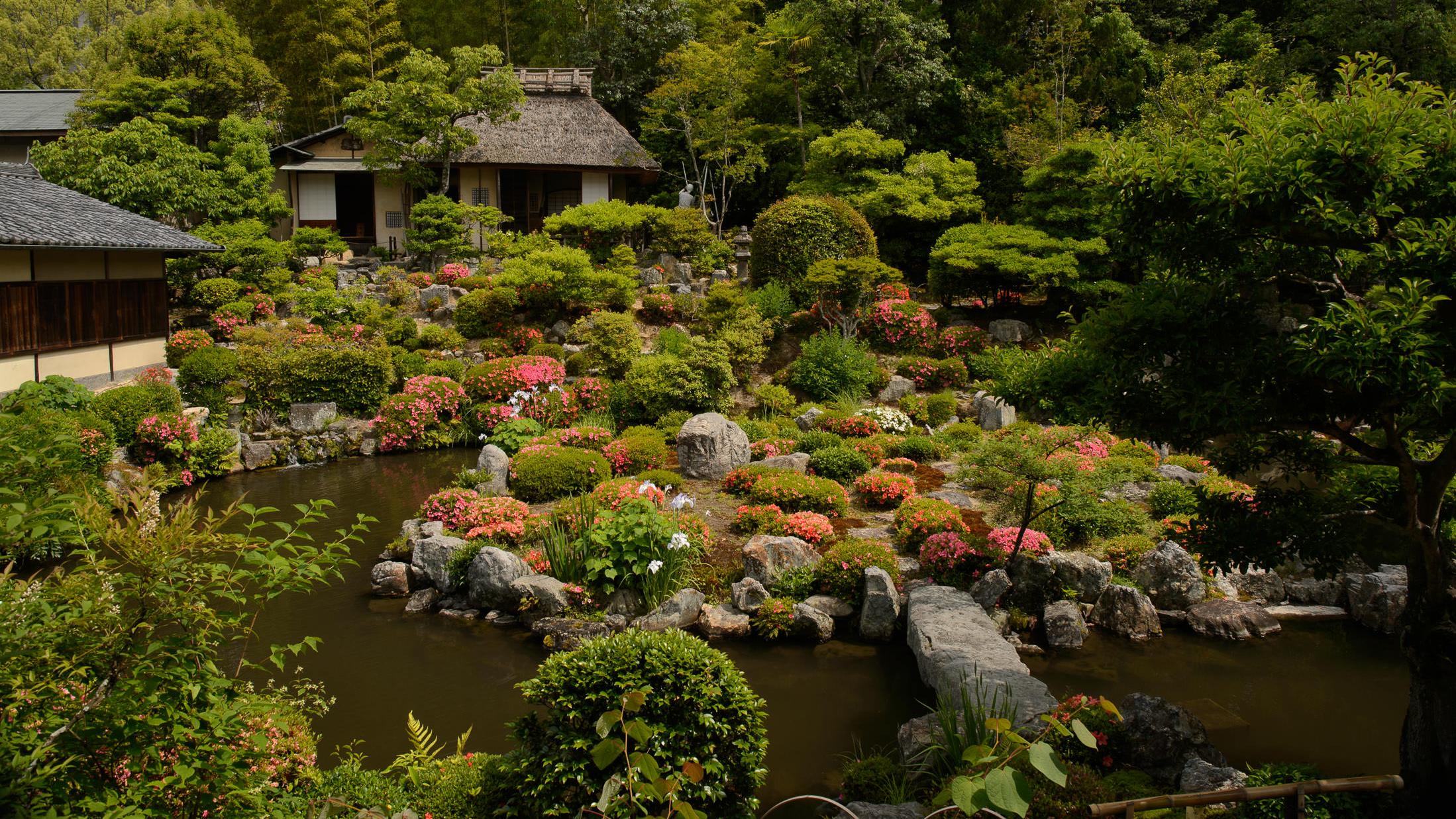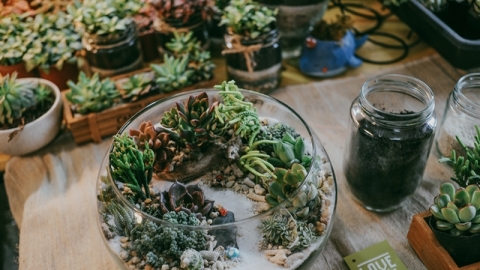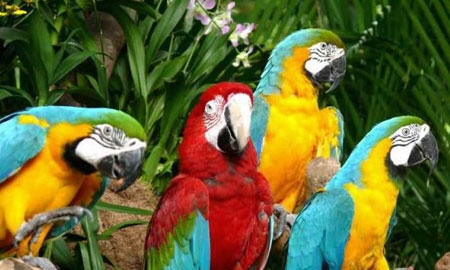Ryoan-ji Temple
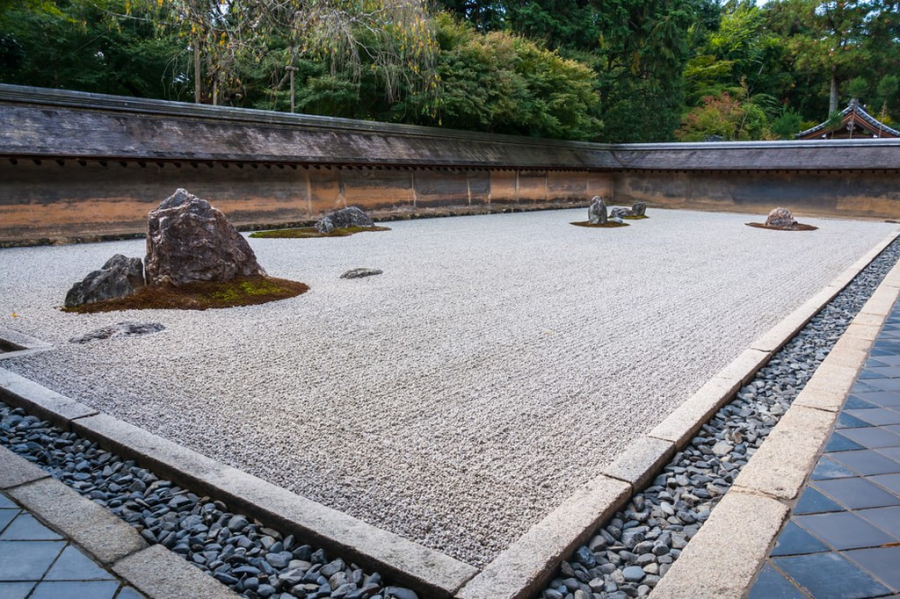
Home to the world’s most famous Zen garden, Ryoan-ji Temple is located near Kinkaku-ji (Golden Pavilion) in northwest Kyoto. The karesansui (dry mountain and water) garden is truly unlike any other, with 15 mystical rocks arranged in a sea of pure white sand. The garden is beautiful in its vast size but extremely simple. The only vegetation in the garden is moss growing on the rocks. The area is surrounded by earthen walls on three sides to create the seclusion needed to remove distractions during meditation. The other side is connected to a veranda where visitors can sit and enjoy the garden view.
Visit early in the morning or late in the afternoon when it is not too crowded.
- Address:13 Ryoanji Goryonoshita-cho, Ukyo-ku, Kyoto, Kyoto Prefecture, +81 75-463-2216
Ginkaku-ji Temple

The Shogun-style garden at Ginkaku-ji (Silver Pavilion) is one of the most beautiful traditional gardens in Japan. It is divided into two distinct parts. The lower part has an ancient Zen-style strolling garden, with moss-covered paths winding around a pond with decorative features such as small bridges, boulders, and trees.
The upper area consists of a dry Zen garden, covered with sand, and small pebbles arranged parallel to each other to form a wave pattern, hence the name Ngan Sa Than (Silver Sand Beach). The main focal point of this garden is a sand dune that recreates the shape of Mount Fuji.
- Address:2 Ginkakujicho, Sakyo-ku, Kyoto, Kyoto Prefecture, +81 75-771-5725
Saiho-ji Temple
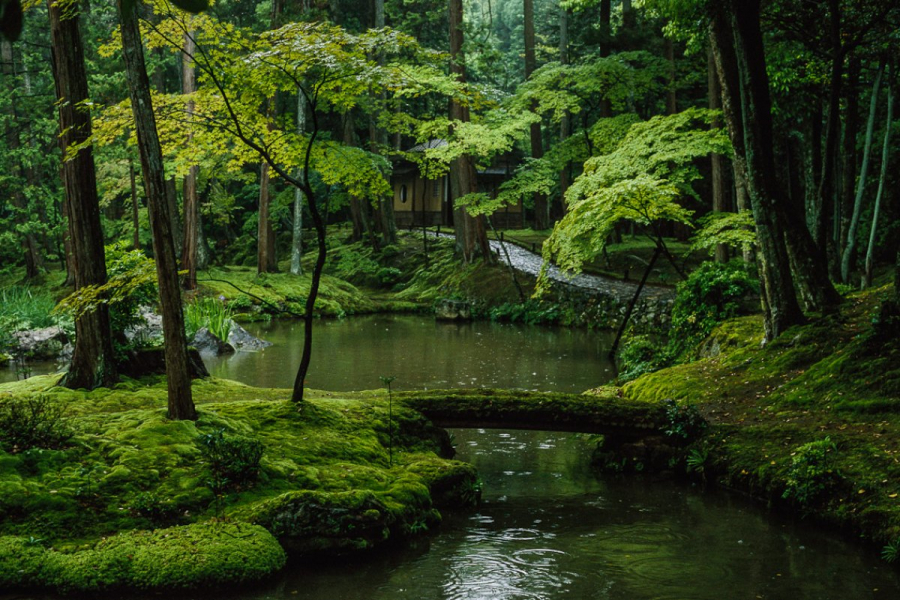
Saiho-ji Temple, also known as Koke-dera (Moss Temple), is famous for its moss garden, one of the oldest in the ancient capital, with over 120 different species of moss covering almost the entire terrace. The garden is laid out in a circle with a winding path around the Kokjin Pond, a heart-shaped pond, and three small islands. The garden also has three teahouses where you can meditate in the gentle scent of tea ceremony. Advance reservations are required for both the temple and garden entrances.
- Address:56 Matsuo Jingatani-cho, Ukyo-ku, Kyoto, Kyoto Prefecture, +81 75-391-3631
Heian Jingu Shrine
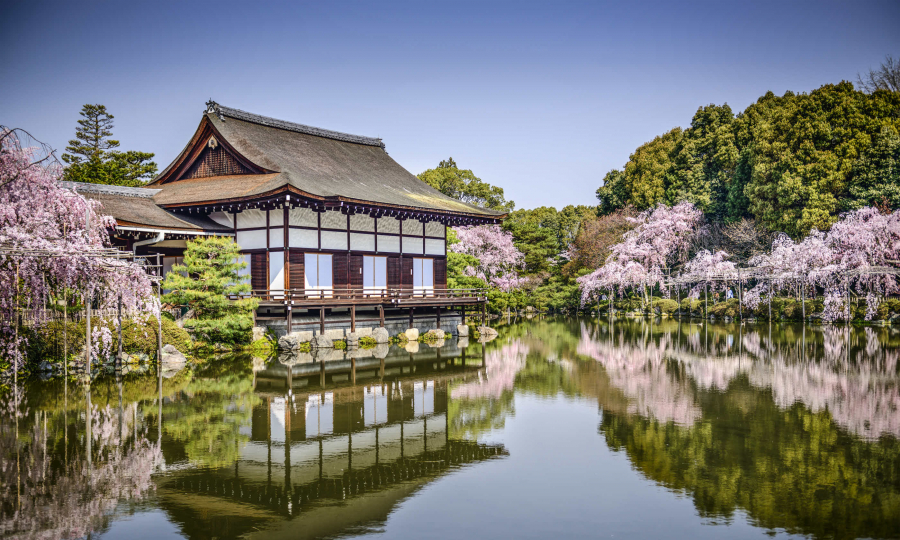
Heian Jingu Shrine is a relatively new shrine, built in 1895 to commemorate the 1100th anniversary of the capital's move to Kyoto. Located behind the main shrine, the lush green gardens contrast with the vermilion shrine, designed in the Heian period (794-1185) architectural style, with a pond and a Chinese-inspired bridge. The garden is beautiful in all four seasons, with cherry blossoms in spring, lilies and water lilies in summer, autumn and snow in winter. Most famous is the scene of more than 300 cherry blossom trees blooming together, the pink color reflected on the pond creating a picturesque landscape.
- Address:Okazaki, Nishitenno-cho, Sakyo-ku, Kyoto, Kyoto Prefecture, +81 75-761-0221
Tenryu-ji Temple
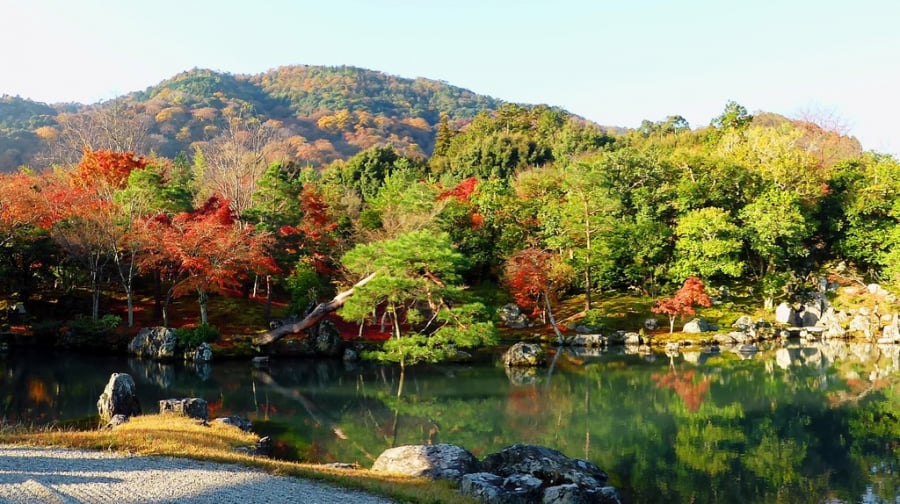
Located in Arashiyama on the western outskirts of the city, Tenryu-ji Temple is one of Kyoto’s most beautiful Zen temples. The garden has a walking path that circles around the Taoyuanji, surrounded by the majestic Arashiyama mountains. Visit in spring when the cherry blossoms are in bloom, or in autumn when the red leaves contrast beautifully with the surrounding green mountains.
- Address:68 Saga Tenryuji Susukinobaba-cho, Ukyo-ku, Kyoto, Kyoto Prefecture, +81 75-881-1235





